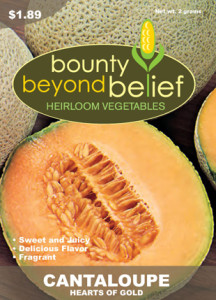How to Recover Your Garden After a Storm
by Sandy Swegel
“Gardening in Colorado sucks” is how my friend described her garden after a violent storm full of hail and tornadoes passed through the towns east of Boulder this week. Much more vivid expletives were used by all as we surveyed the destruction brought by 2-1/2 inches of rain in less than a half hour and hail that had to be cleared by snow plows. We were actually quite lucky. Tornado sirens were going off all over town, but there weren’t many touchdowns.
But the garden is devastated. Well, let me correct that. The xeric plants are doing fine. They are thin-leaved and flexible and have adapted to millennia of hail on the high plains. Russian sage and grasses and Liatris look great. Cactus definitely didn’t care. But the plants we love in our yards: the roses and deciduous trees had their leaves shredded by the hail and broken by the winds. Thank God we don’t rely on our vegetable gardens as our only source of food. Corn was broken, squash stems were ripped and shredded. The zucchini has so many stems and leaves, it will survive, but we can forget winter squash and watermelons and pumpkins.
So what can a gardener do after hail? We cowered in our houses as tornado sirens wailing “Get to shelter immediately.” Unlike Dorothy and Auntie Em in the tornado shelter, we were in furnished basements with our wireless devices googling for webcams of what was going on outside. But once we emerged, the response was pretty much the same. “Holy xxxx”
After the storm, gardeners have to take it easy. Remove the huge broken branches to the curb. Clean up fallen leaves. Get your roof patched. But don’t start cutting back the garden. Plants are going to need whatever leaves they have left to photosynthesize for the rest of the season. Take a day or two off so you don’t overreact. I spent hours picking up debris and cutting stems that were completely broken.
Perennials: do as little as possible to let leaves keep making food.
Annuals: Cut back broken parts of flowers like snapdragons and cosmos. Leave trailing things like sweet potato vines be for a week or so. They will often make new leaves at each node.
Shrubs: Cut broken parts and let them be. Like trees, they will start putting out new leaves. I’m not completely convinced fertilizing helps now because it will stimulate new growth. I’ll do regular fall fertilizing with a slow-release natural fertilizer.
Trees: The trees have had such a hard year. They struggled with late frosts this spring that killed off their first set of leaves and they had to generate a second set of leaves. Now the hail means they’ll start growing a third set of leaves. They will really use their food reserves. I hope it’s not a hard winter. When the tree dies a year or two from now, we often forget that it was the hail this year that helped do them in.
About the only other thing to do besides keep filling the compost bins is to make sure everything is well watered and mulched going into winter. Don’t pull out plants that look dead…their capacity for regeneration is amazing.
Well, there is one more thing to do: heal the gardener’s soul by planting some new plants to bring hope and beauty back into the landscape.


